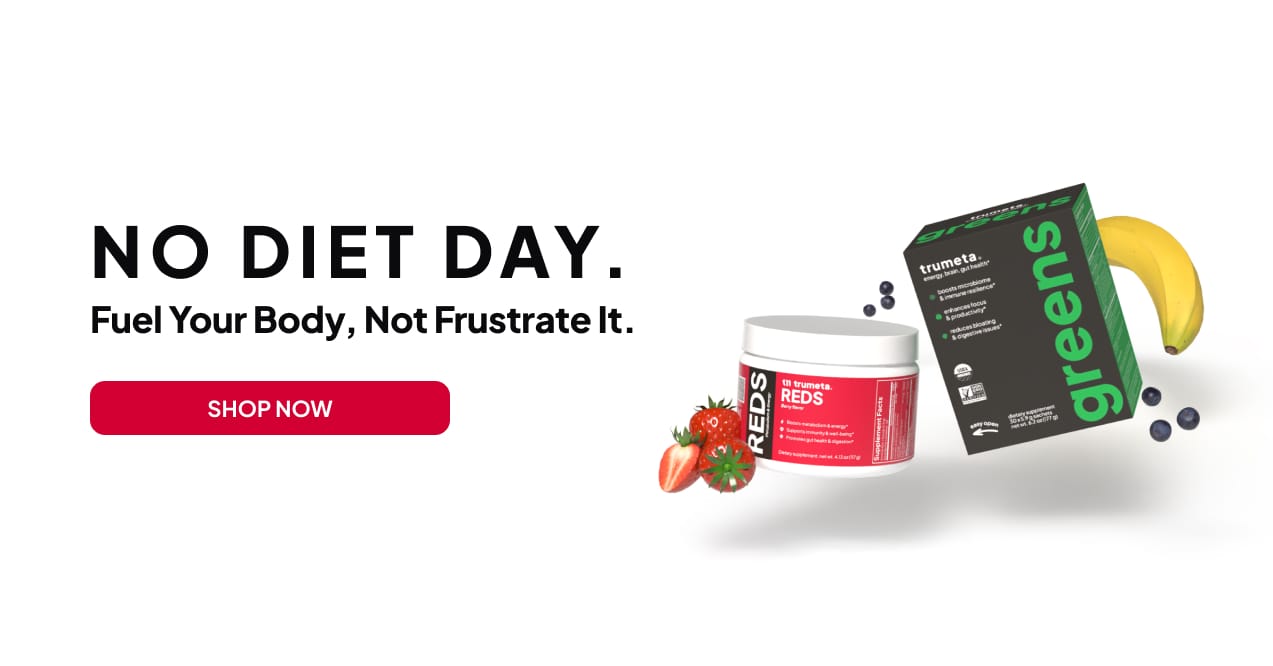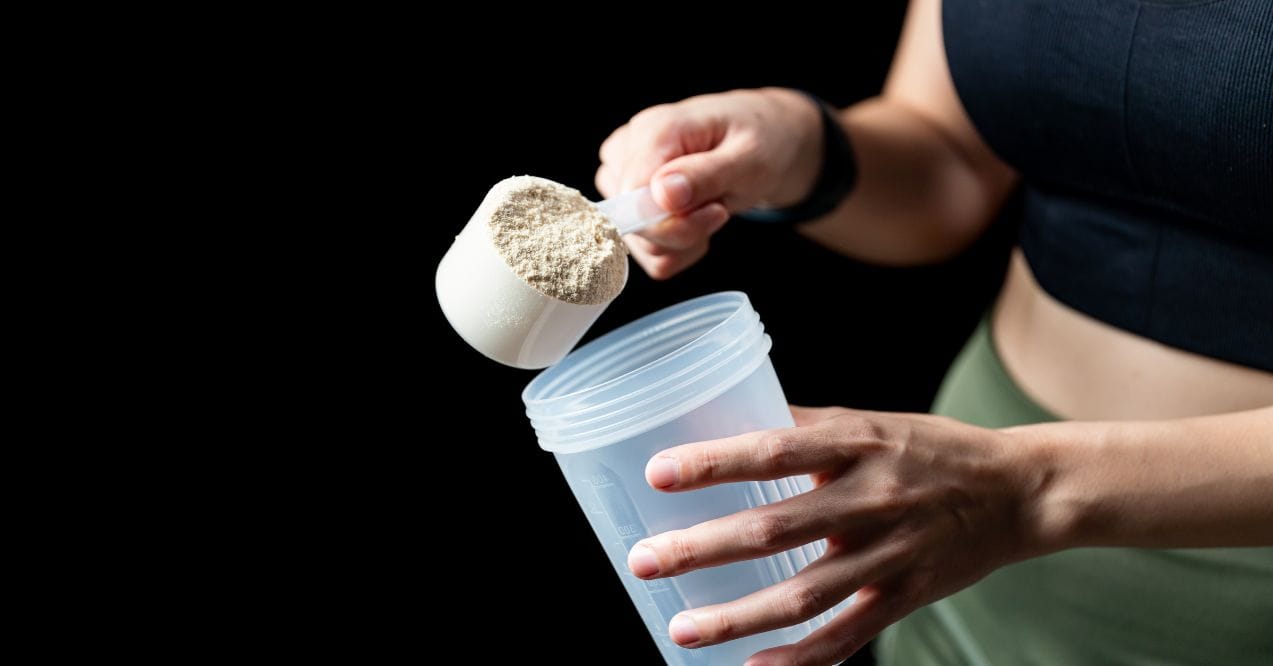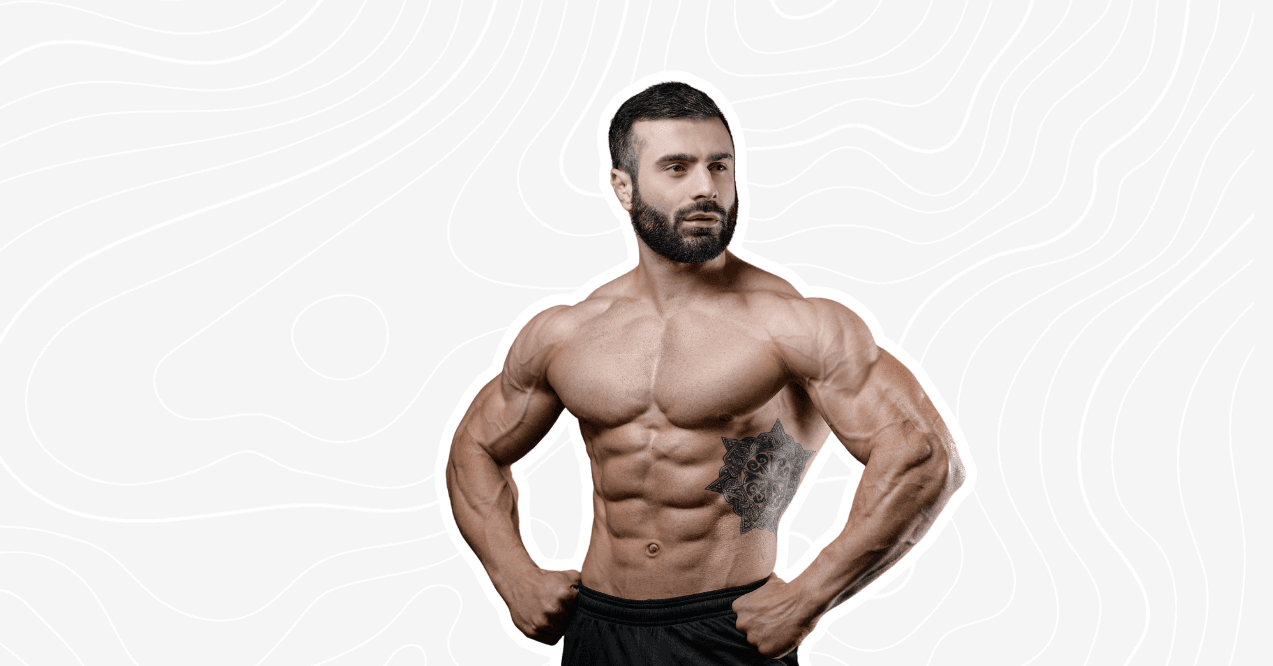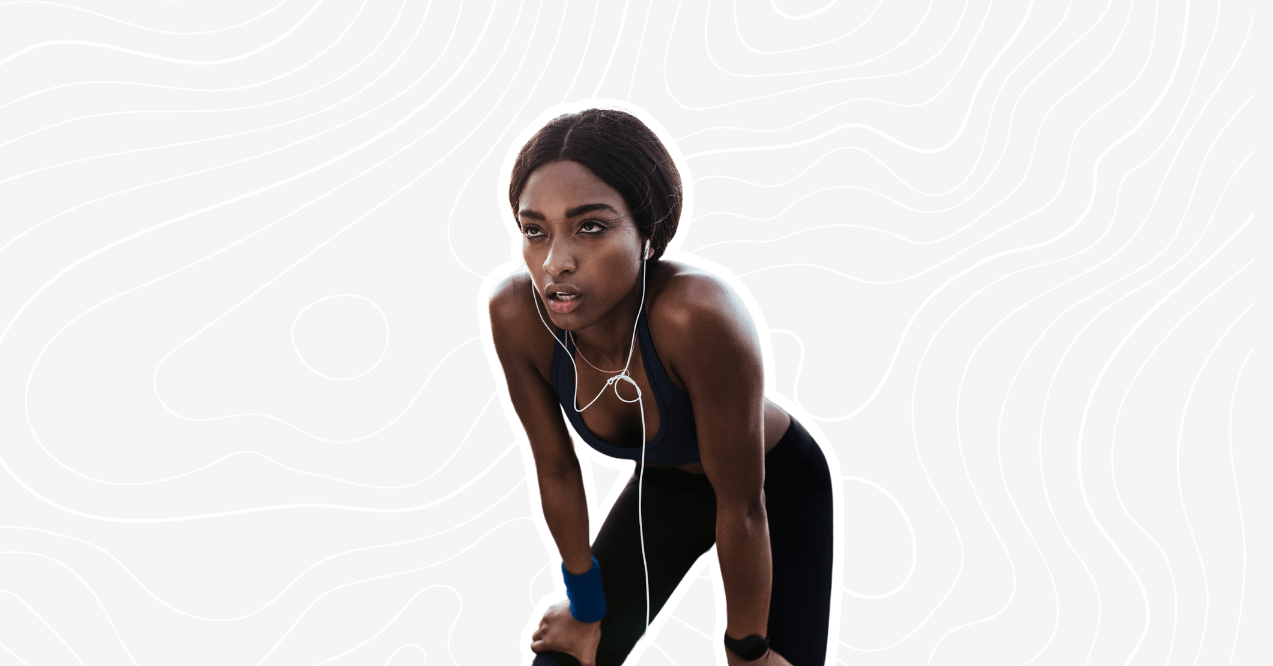The Hidden Struggle with Eating Disorders in Athletes
International No Diet Day, celebrated annually on May 6th, serves as a powerful reminder to promote body acceptance and raise awareness about the dangers of diet culture. For athletes, this day holds special significance as eating disorders in athletes continue to be a growing concern.
Research indicates that athletes are 2-3 times more likely to develop eating disorders than the general population, with certain sports showing even higher risks. What often begins as a well-intentioned nutrition plan aimed at enhancing performance can gradually transform into disordered eating patterns.

The Unique Pressures Athletes Face
Athletes exist in an environment where body composition and physical appearance are frequently linked to performance outcomes, creating psichological pressures that can trigger unhealthy relationships with food.
- Weight category demands – In sports like wrestling, boxing, and rowing, competitors often engage in extreme weight manipulation tactics to compete in specific divisions.
- Aesthetic expectations – Sports such as gymnastics, figure skating, and diving place implicit or explicit emphasis on leanness and specific body types.
- External scrutiny – Continuous assessments from coaches, teammates, judges, and spectators adds another layer of pressure.
- Weight-win link – Many athletes internalize suggestions that altering their body size or shape will enhance their competitive edge.
- Social media influence – Athletes frequently compare themselves to peers and professionals whose bodies appear “ideal” for their sport.
When “Clean Eating” Goes Too Far
What begins as dedication to performance nutrition can gradually transform into problematic eating patterns. The athletic mindset – characterized by discipline, control, and pursuit of excellence – can sometimes mask developing eating disorders. The warning signs include:
- Rigid rules around “acceptable” foods.
- Extreme guilt after eating certain foods.
- Performance declining despite increased training.
- Withdrawing from social situations involving food.
- Constant thoughts about food choices.
“Clean Eating” and Orthorexia in Athletics
Orthorexia – an unhealthy fixation with “clean” or “pure” eating – is particularly prevalent among athletes. What starts as performance-focused nutrition often evolves into an obsession that paradoxically undermines athletic abilities.
Many athletes begin by making reasonable nutrition changes to support performance, only to find themselves gradually eliminating entire food groups. Training logs that contain more food notes than workout details often signal this shift in priorities from performance to control.
As restrictions increase, energy levels typically decrease – creating a frustrating cycle where athletic performance suffers despite greater dedication to “perfect” eating habits.
Common Eating Issues
Eating disorders in athletes manifest in several distinct patterns, each with unique characteristics and warning signs. Recognizing these patterns early is essential for maintaining both athletic performance and overall wellbeing.
1. Restrictive Eating
Restrictive eating patterns often emerge gradually in athletic environments. Athletes might begin by limiting portion sizes or eliminating certain foods, believing these changes will enhance performance. Over time, restrictions become more severe, leading to inadequate fueling. The resulting energy deficit can manifest as extended recovery times, frequent injuries, and decreased training capacity.
2. Purging
Some athletes develop compensatory behaviors like purging to manage weight concerns, particularly in sports with weight classes or aesthetic emphasis. These might include excessive exercise beyond scheduled training, fasting after perceived overeating, or using saunas and sweat suits to lose water weight. These approaches can seriously compromise performance and recovery capacity.
3. Binge Eating
Binge eating remains less discussed but equally concerning in athletic populations. Often triggered by prolonged restriction, athletes may experience episodes of consuming large amounts of food, accompanied by feelings of loss of control. The restrict-binge cycle can become particularly problematic during off-seasons or injury recovery periods when training routines change.
Building Healthier Habits
As an athlete, you have the power to foster a supportive community that values both performance and wellbeing. Your actions and attitudes can help create an environment where eating disorders become less prevalent and recovery more attainable. Here’s how we can collectively cultivate a healthier approach:
- Fuel performance over appearance.
- Celebrate progress beyond aesthetics.
- View food as fuel.
- Build a supportive network.
- Prioritize consistent and varied nutrition.
- Adapt nutrition to training.
- Recognize the importance of carbohydrates.
For athletes seeking to support their nutritional needs without restrictive dieting, Metabolic Greens provides a convenient way to incorporate nutrient-dense superfoods into your routine, supporting gut health and promoting sustained energy throughout training sessions. Its organic blend helps alleviate digestive discomfort that can interfere with performance.
Metabolic Reds offers complementary benefits, supporting cognitive focus during intense training while promoting faster recovery. Both vegan, allergen-free formulas work together to maintain vibrant energy levels and support metabolic health – making them valuable allies for athletes looking to enhance their nutrition without restriction or imbalance.
Conclusion
International No Diet Day serves as a powerful reminder that eating disorders in athletes often begin with seemingly innocent diet changes. By promoting awareness, encouraging balanced nutrition approaches, and building supportive athletic communities, we can alleviate the pressures that lead to disordered eating. Remember that optimal performance stems from properly fueling your body, not restricting it. The conversation you start today could support an athlete’s journey toward a healthier relationship with food tomorrow.
Yes, research indicates athletes experience eating disorders at 2-3 times the rate of the general population. This is particularly true for athletes in sports emphasizing leanness, aesthetic appearance, or weight categories.
Aesthetic and weight-class sports show the highest prevalence, including gymnastics, figure skating, wrestling, and distance running. Sports where body composition is directly tied to judging or performance tend to create additional pressures.
Occasional less-nutritious foods can fit within a performance-focused eating plan. Rather than labeling foods as “forbidden,” most elite athletes follow the 80/20 principle – primarily nutrient-dense foods with room for flexibility and enjoyment.
Advertisement. This site offers health, wellness, fitness and nutritional information and is designed for educational purposes only. You should not rely on this information as a substitute for, nor does it replace, professional medical advice, diagnosis, or treatment. If you have any concerns or questions about your health, you should always consult with a physician or other health-care professional. Do not disregard, avoid or delay obtaining medical or health related advice from your health-care professional because of something you may have read on this site. The use of any information provided on this site is solely at your own risk.








